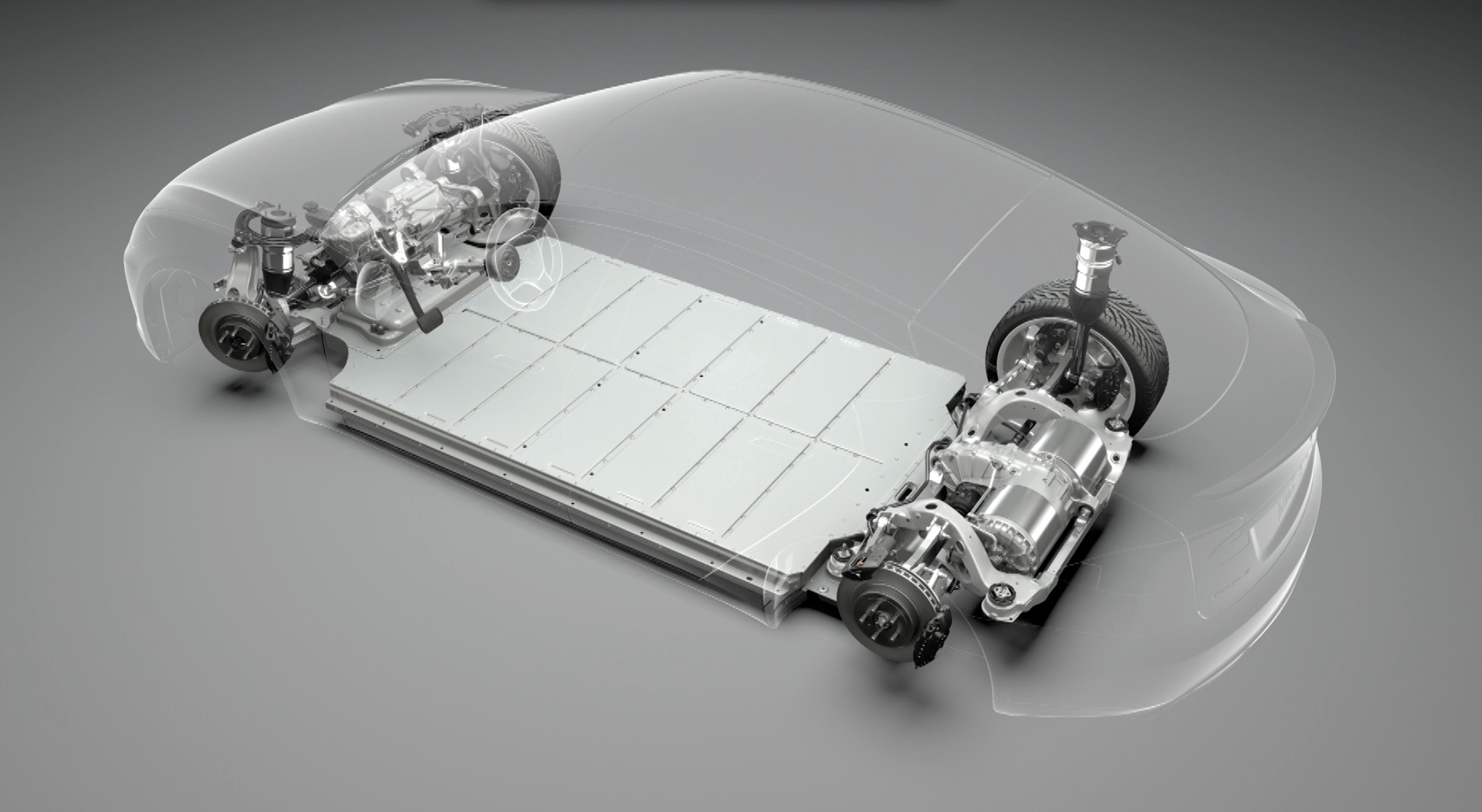kimwin
Member
I am not upset at all. Just surprised. I love the Wall Connector very much, look good, and less headache dealing with the 14-50 outlets. It will serve my future EV.
You can install our site as a web app on your iOS device by utilizing the Add to Home Screen feature in Safari. Please see this thread for more details on this.
Note: This feature may not be available in some browsers.
It’s recommended to charge the M3 RWD to 100% for the BMS to operate correctly.The sale person says the Wall Connector took 6 hours to fully charge my Tesla 3 SR.
Now I know my M3 only draws 32 amps for charging. That's OK with me as I chose the cheapest model. Agree that it can be fully charged overnight. I typically set 80% max.

I'm seconding this, but want to make sure it's all in context.There are several features that differentiate the more expensive AWD and Performance Model 3 vehicles from the less expensive RWD or SR+ cars. One of them is that they charge slower than the pricier models, both on Level 2 home charging and at Superchargers. They also have a smaller battery, a less expensive stereo installation, a lower peak power value when driving, less torque, slower acceleration, lower top speed, the non-premium interior, etc.
That's how Tesla is able to sell the RWD cars for less money.
For more information, see the table on the Model 3 wikipedia page that compares the various models...

Note that this car has an LFP battery, which wants to get charged to 100%.
OK, this is new. So, current version of the Tesla software, at least on my 2023 LR, has a bit of text that says, "80% recommended for daily driving" or something like that.Tesla wants you to, because the BMS requires it due to the voltage curve. The battery wants 100% charge as much as any lithium battery (not at all).
Could you point at an article that, if one follows the 100% Tesla recommendation on LFP, this leads to rapid degradation? Or faster than usual degradation?

Read the article. Wish the guy was more than an educated journalist; the battery chemical engineers usually have a more interesting view. In any case:I don't know about "rapid", and am only parroting the information from these forums.
Even the 80% recommended daily charge for the NCA/NCM batteries is not the best for the battery.
Here's an article that says it better than I can:

The Puzzling Reason Why Tesla Misleadingly Recommends Charging the LFP Batteries to 100%
When Tesla started deliveries of the Model 3 RWD with lithium ferrophosphate (LFP) batteries, it made a strange recommendation on its website and in the ...www.autoevolution.com
Doing the 100% dance does wear the battery some, but not nearly as much as it would NiMH cells. So, as an engineering tradeoff, it works.
Do you have anything to back this claim up in regards to LFP batteries?Doing the 100% dance does wear the battery some
Doing the 100% dance does wear the battery some, but not nearly as much as it would NiMH cells. So, as an engineering tradeoff, it works.
Do you have anything to back this claim up in regards to LFP batteries?
You probably mean NCA not NiMH.With the NIMH batteries, I thought that charging to 100% on a daily basis degraded the batteries over time; something about mechanical stress at the molecular level messing up the anodes/cathodes or some such. LFP, supposedly, didn't have that degradation?
Um. Actually, in the article you cited. Which is kind of why I wish the fellow didn't advertise himself primarily as a journalist and didn't cite any references: He may be right, but an actual chemical engineer/battery scientist/one-of-those-ilk would be a bit more authoritative to quote from.Where did you find this information?
Just surprised that the sale person recommended the more "costly" solution for my M3SR which can only charges at 32A max but did not tell me this limitation. It's my fault that I did not do any research on Tesla home charging before buying the car.


